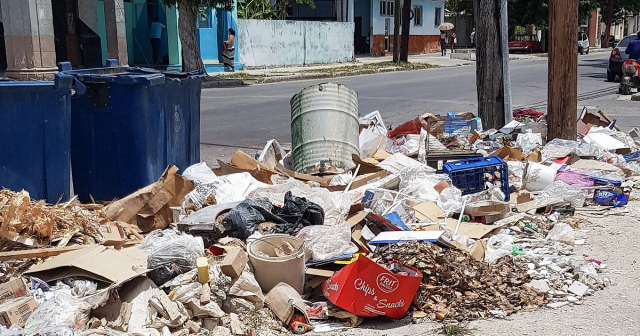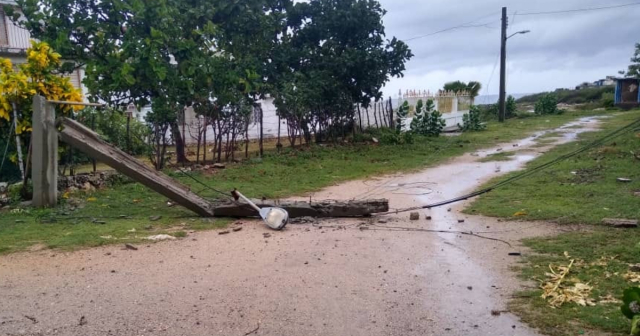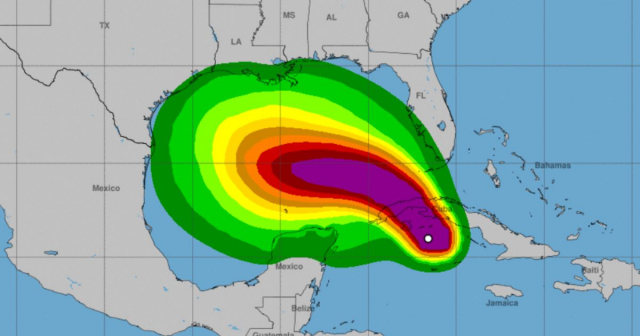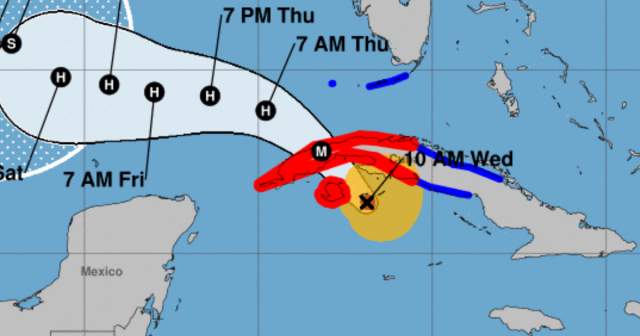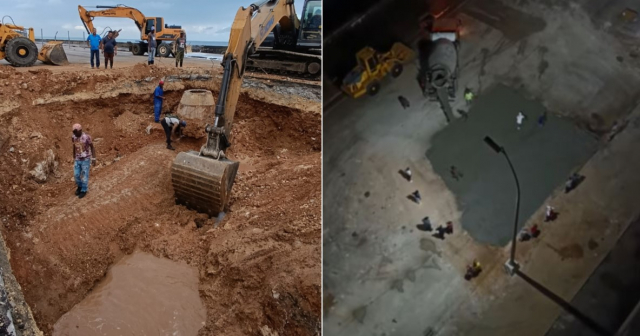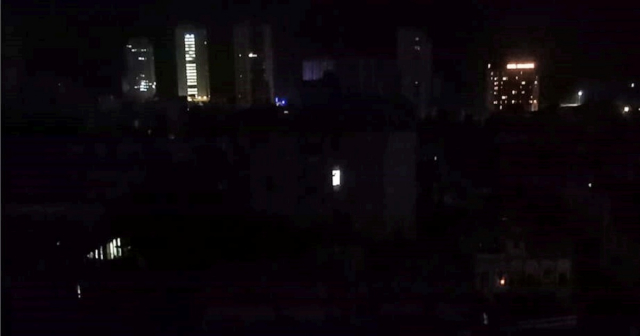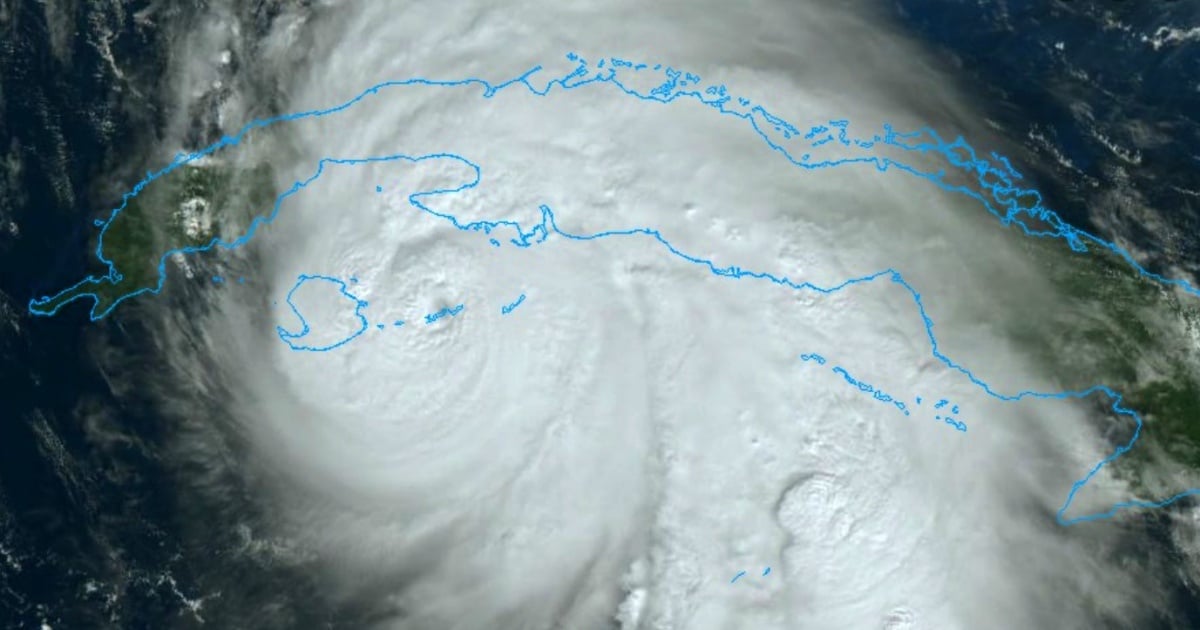
As anticipated, Hurricane Rafael has reached category three and is approaching the western coast of Cuba with strong winds and heavy rainfall.
Maximum sustained winds have already reached 185 km/h (115 mph).
The eye of Rafael is located just 65 km northeast of the Isle of Youth and 135 km south of Havana.
It is expected to cause a dangerous storm surge, capable of generating flooding and hurricane-force winds that will endanger lives and property, according to the National Hurricane Center (NHC) in its 1:00 p.m. bulletin.
The hurricane is moving northwest at 22 km/h (14 mph), with a minimum central pressure of 956 mb (28.23 inches).
The NHC warns that the weather phenomenon threatens to cause a dangerous storm surge, capable of flooding coastal areas and generating wind conditions that could endanger lives and property.
In recent hours, a weather station in Cayo Largo del Sur reported sustained winds of 93 km/h and gusts of up to 134 km/h, according to the NHC.
Authorities have issued hurricane warnings for the provinces of Pinar del Río, Artemisa, Havana, Mayabeque, Matanzas, and the Isle of Youth.
Tropical storm warnings remain in effect for Villa Clara, Cienfuegos, and the Florida Keys, from Key West to the 5th Canal Bridge.
Rafael is expected to make landfall on the western part of Cuba this afternoon and then weaken as it crosses the island. However, it is likely to regain strength upon entering the southeastern Gulf of Mexico.
Hurricane winds extend up to 30 km from the center of the hurricane, while tropical storm winds can reach up to 185 km.
Precipitation associated with Rafael could reach 10 to 20 cm, with isolated accumulations exceeding 30 cm in mountainous areas, which poses a high risk of sudden flooding and landslides in western Cuba.
The Cayman Islands and the Florida Keys will also experience significant rainfall.
Additionally, the storm surge is expected to raise sea levels between 2.7 and 4.2 meters above normal along Cuba's southern coast, particularly in the Isle of Youth.
The swells generated by the hurricane could create dangerous rip current conditions in the western Caribbean and eventually in the Gulf of Mexico.
There is also the possibility of isolated tornadoes in the Florida Keys and the southwestern part of the peninsula. The public is urged to stay alert for updates and to follow the recommendations of local authorities.
What do you think?
COMMENTFiled under:

